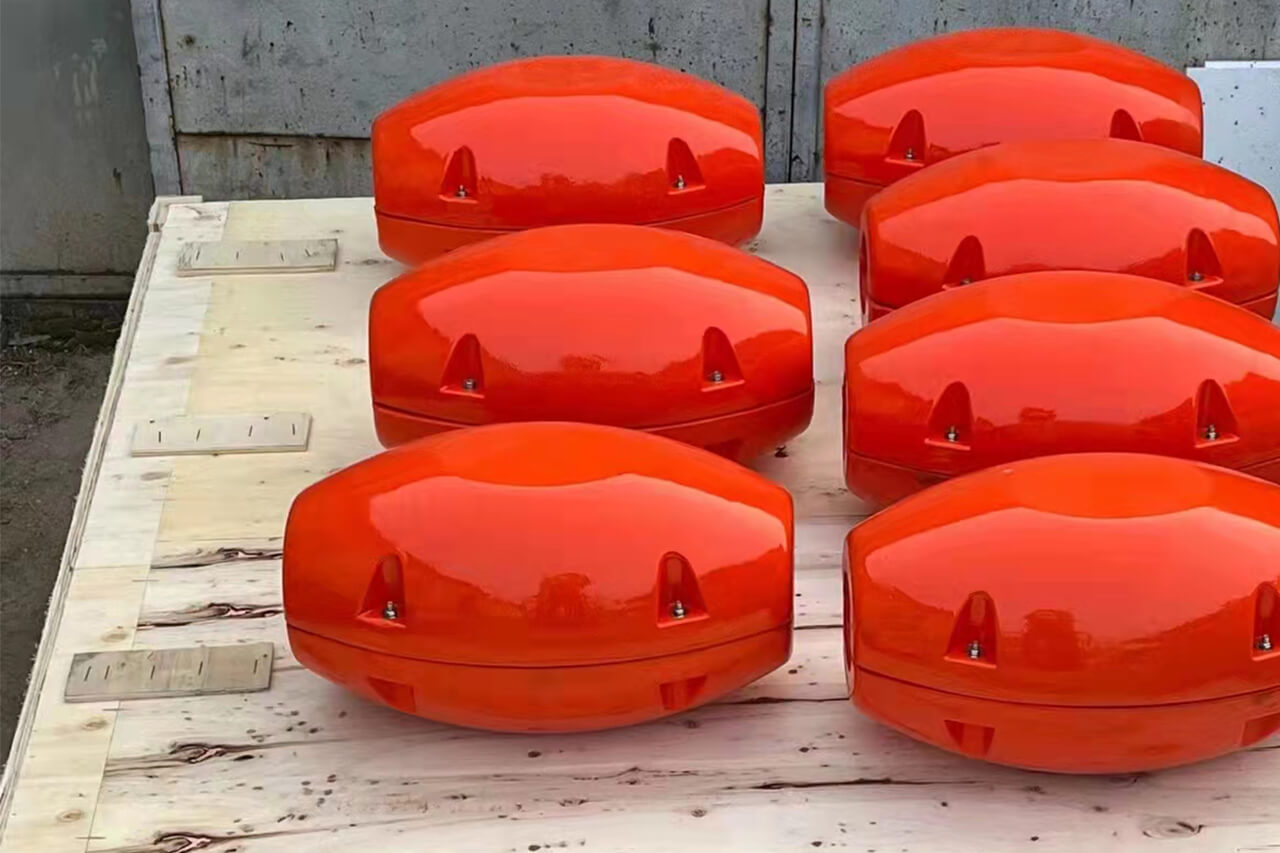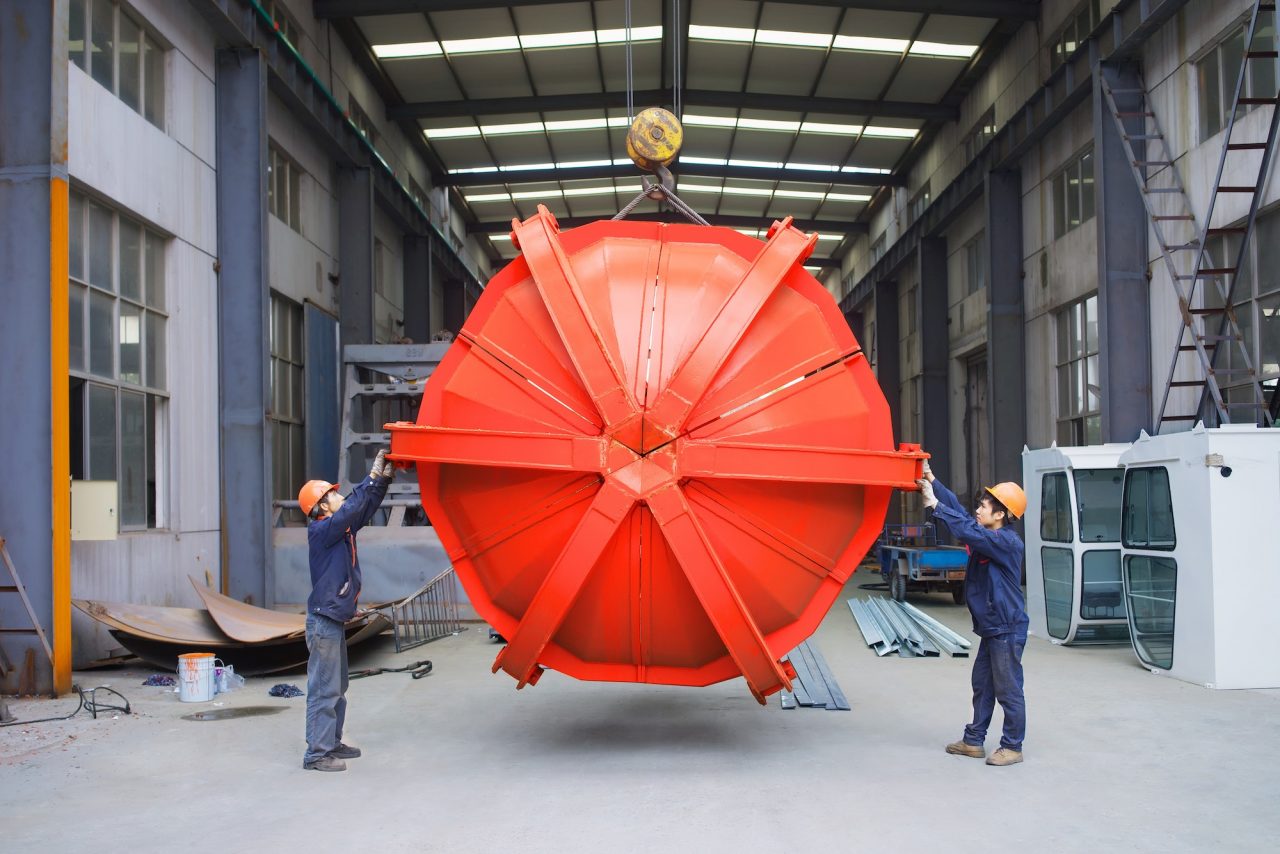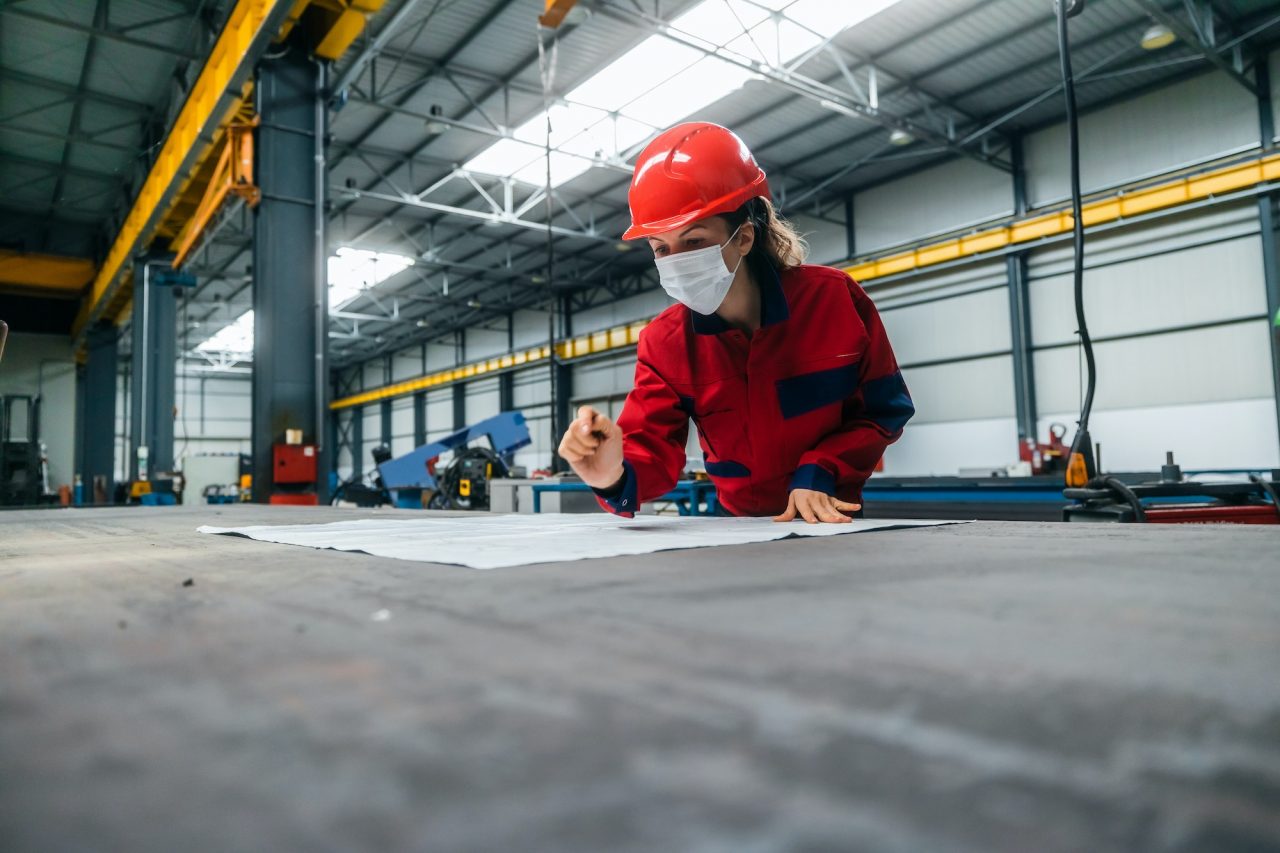In the modern field of communication and energy transmission, submarine cables play a crucial role. They not only provide fast and stable connections between continents for communication but also supply power to deep-sea oil and gas platforms far from land. Behind all this, there’s a key component that’s often overlooked – Cable Floats.
What are Cable Floats?
Cable Floats are specially designed floats used to support and protect submarine cables. They are typically made of high-density, corrosion-resistant materials, capable of maintaining stability in extreme marine environments. These floats ensure that cables are in the correct position on the seabed, prevent cables from being damaged, and help maintain the integrity of the cables.
Why are Cable Floats so Important?
1. Protecting Cables
Submarine cables often face many potential threats, such as anchors, fishing gear, marine life, and natural disasters. Cable Floats provide a protective layer for the cables, ensuring they are not affected by these threats.
2. Stability
In the deep sea, strong currents and sudden storms can move or damage cables. Cable Floats ensure that cables always remain in the correct position, not moving even under the harshest conditions.
3. Simplifying Installation and Maintenance
With Cable Floats, engineers can more easily install, inspect, and maintain submarine cables. This greatly reduces maintenance costs and downtime.
Conclusion
Cable Floats are the bridge connecting the deep sea to land. They ensure that we can enjoy stable and efficient communication and energy transmission anywhere. With technological advancements and increased seabed development, the importance of Cable Floats will only grow, continuing to support our modern lives.





